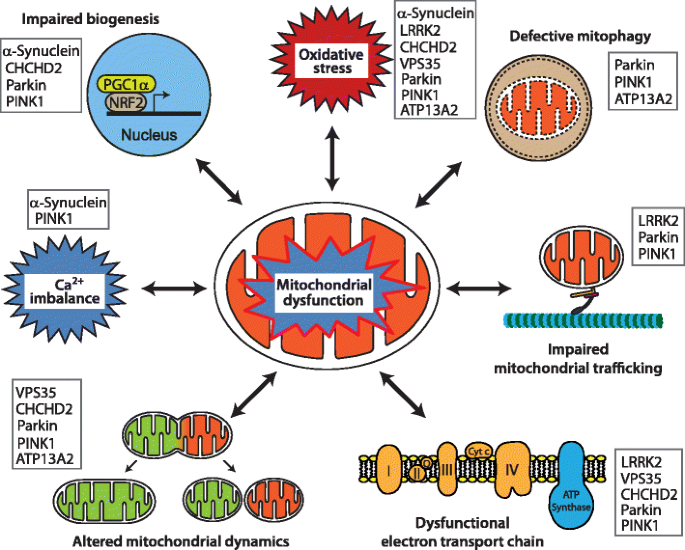Biological & Life Science
Manuscript Writing
- New Insights into Complex Role of Mitochondria in Parkinson’s disease
- Antibody Detection in Diagnosis of Schistosomiasis
- Effects of Biomass Particle Size in Cellulosic Biofuel Production
- Dissertation on Modelling Sugarcane Nitrogen Uptake Patterns
- An Integrative Review on Complementary and Alternative Medicine
- A Neuronal Trigger- Endoplasmic Reticulum Stress on Alzheimer’s Disease
New Insights into Complex Role of Mitochondria in Parkinson’s disease
New findings that shed light on mitochondrial bioenergetics, dynamic interactions, and function in cellular homeostasis have made a significant contribution to our knowledge of Parkinson’s disease’s neurodegenerative process (PD). In sporadic PD patients, respiratory chain dysfunction is a common symptom, and evidence linking proteins produced by PD-associated genes to mitochondrial dysfunction is emerging. Studies looking into the involvement of pesticides like paraquat and rotenone in the development of Parkinson’s disease provide evidence in favour of the idea that mitochondrial dysfunction occurs before alpha-synuclein build-up.
Mitochondria are known to play important roles in cellular signalling pathways that use the bioenergetics state of the cell to determine whether it survives or degenerates. As a result, mitochondria play a key part in the neurodegenerative process of Parkinson’s disease (PD), the world’s most prevalent neurodegenerative movement condition. Mitochondrial homeostasis is dependent on mitochondrial turnover to keep them functioning properly. The process of “mitophagy,” or the selective destruction of mitochondria by autophagy, is critical for mitochondrial health maintenance.
Recent findings have added to a growing body of evidence that mitochondrial malfunction has a role in the pathophysiology of familial and sporadic types of Parkinson’s disease. The low number of patient iPSC cultures now accessible worldwide is most likely to blame for the genetic types of PD. In the case of IPD, the phenotypic variability of sporadic cases continues to provide a substantial barrier in PD research, making it difficult to identify disease processes.

